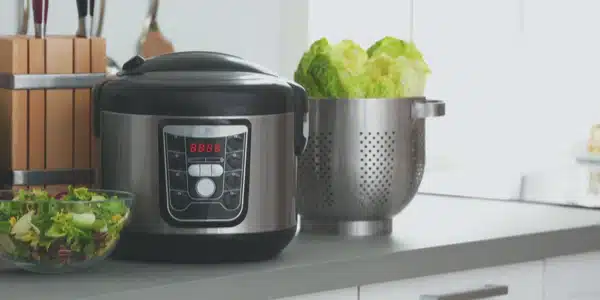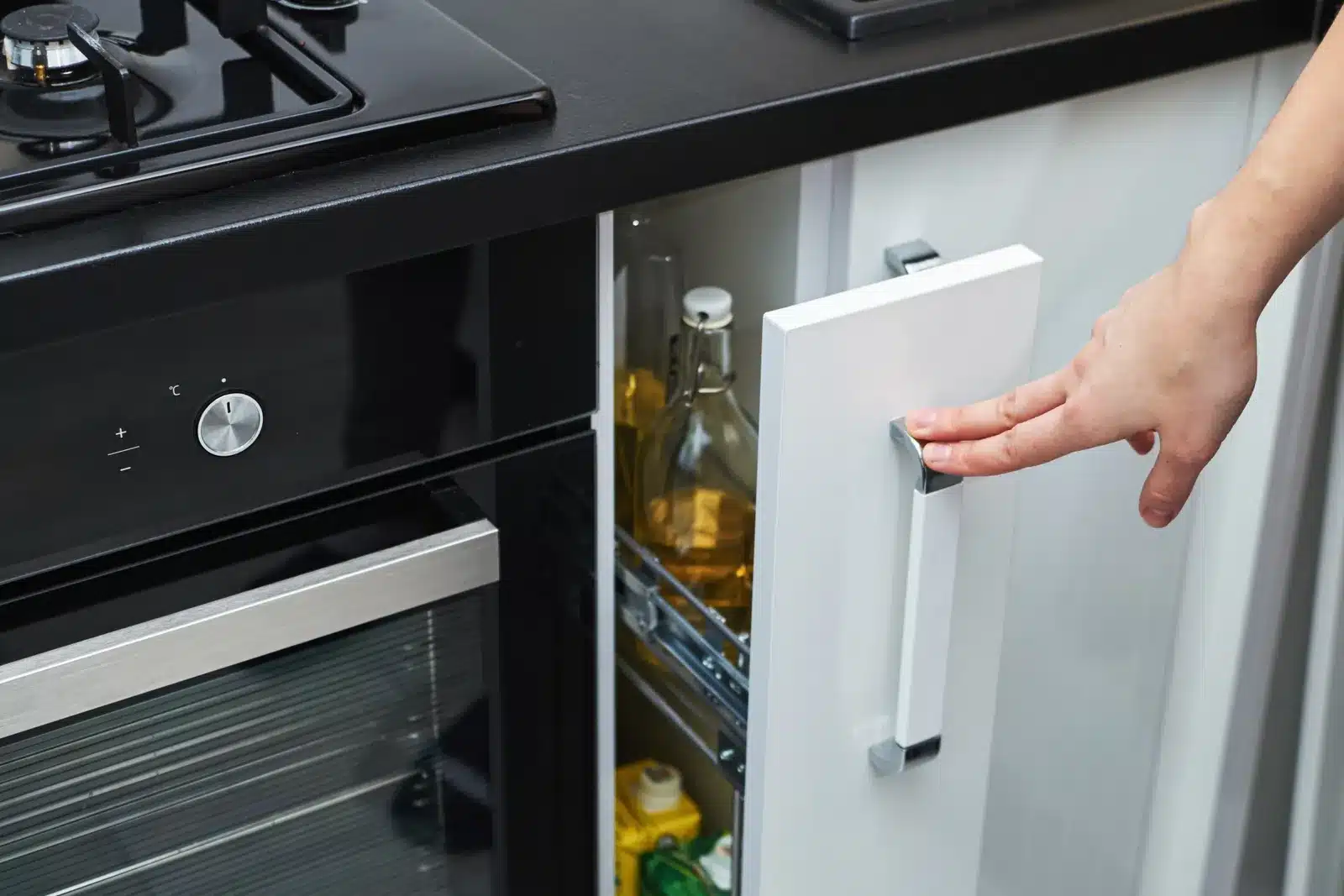Are you tired of scrambling to put together last-minute meals for your family? Do you need help finding the time and energy to cook nutritious food during busy weekdays? If so, look no further! In this blog post, we’ll share some effective meal prep strategies and delicious recipes to fuel your family with healthy food all week. Whether you’re a seasoned meal prepper or new to the game, there’s something here for everyone. So let’s begin our journey towards healthier eating habits – your taste buds (and wallet) will thank you!
Introduction to Healthy Meal Prep
If you’re like most families, preparing healthy meals is a challenge. It can be hard to come up with something that everyone will enjoy, and it’s even harder to get everyone to eat something that isn’t unhealthy. But there are ways to make meal prep easier and healthier for your family. In this article, we’ll give you tips on how to fuel your family with healthy meal prep recipes.
One of the best ways to make meal prep easier is having pre-made meals. This way, you don’t have to worry about creating something new or finding time to cook while running around after your kids. You can also use these recipes to create your own dishes.
Another tip is to keep things as simple as possible. If you can find staples your family enjoys and combine them in different ways, you can create many delicious dishes without spending much time in the kitchen. For example, roasted vegetables and lean protein are a great combination because they both pack a lot of nutritional value into one dish.
Finally, remember portion control when eating out or eating at home. When guests come over, try setting guidelines for how much food each person should eat so that everyone feels satisfied without overeating. This way, no one has to feel left out or guilty about being unable to finish their plate!
Recipes for Every Meal
Were you looking for recipes to help you fuel your family with healthy meal prep? Here are a few ideas to get you started!
1. Quinoa and Bean Burrito Bowls: A protein-rich, fiber-loaded meal that is perfect for the on-the-go.
2. Roasted Butternut Squash Soup: Warm and comforting soup made with autumnal spices that will fill you up without weighing you down.
3. Grain-Free Chicken Teriyaki Rice Bowls: Delicious and healthy chicken teriyaki rice bowls are perfect for a quick and easy meal.
4. Veggie Black Bean Tacos: Soft tacos filled with nutritious black beans, topped with crispy avocado and tomatoes.
Tips for Successful Meal Prep
No doubt, meal prepping can be a time-saving strategy for conscientious cooks. But with so many different recipes and cooking methods, figuring out which recipes work best for your family can be daunting. In this guide, we’ve gathered some tips for successful meal prepping to help you create delicious and nutritious meals that everyone in your family will love.
1. Start with a plan
Before you start cooking, take some time to map out your plan. What type of meals do you want to make? Do you want to prep individual dishes or entire meals? How many people will you be feeding? Once you know what you want, start assembling your ingredients.
2. Keep it simple
When it comes to meal prep, simplicity is key. If a recipe calls for multiple ingredients, stick to simpler versions that most people already have on hand. This way, there’s less chance of something going wrong, and your food will taste better because of fewer surprises.
3. Check the labels
Before you start cooking, check the labels and ensure all of the ingredients in your pantry and fridge are safe for eating. This includes things like canned goods, boxed foods, and frozen items like ice cream and frozen dinners. If there’s anything in the pantry or fridge that you don’t want to eat, put it away until you can safely consume it.
4. Store leftovers carefully
Once you’ve cooked a meal, remember to store the leftovers carefully. Most meals will keep for several hours in the fridge, but be sure to label and date the containers so you know when they’ve been eaten. And if you plan on freezing the food, defrost it slowly and evenly so it doesn’t become soggy or freezer burn.
5. Plan ahead
When prepping meals, remember to factor in time for cooking and cleaning up afterward. Make sure to allocate enough time to cook all ingredients, wash dishes, and put everything away before prepping the next meal. This way, you’ll have fewer distractions while cooking and less stress when eating.
How to Store and Reheat Meal Prep Leftovers
Regarding meal prepping, there are a few key things to remember. First, ensure you have enough containers and storage space for all your ingredients.
Second, plan your meals to know exactly what you need, and don’t waste time cooking when you can save the food for another day.
Finally, reheat your leftovers quickly and evenly in the oven or microwave to remain warm and delicious. Here are some recipes and tips to help you get started:
1) Make Ahead Quinoa Bowls: Quinoa is a great option for weeknight meal prep because it cooks quickly and is full of protein and fiber. Combine cooked quinoa with chopped vegetables, seeds, and nuts to make a quinoa bowl. This recipe makes four servings.
2) One-pot Wonders: There’s nothing worse than coming home from work to a kitchen that smells like peanut butter and fried chicken because you forgot to cook dinner last night. One solution is to make one big pot of dinner all at once so everything can simmer together while you care for other things. This recipe makes six servings.
3) Slow Cooker beef tips: Slow cooker meals are always a hit with family members because they’re easy to put together—all you have to do is throw everything into the pot and wait! This recipe makes six servings, but feel free to adjust the amount according to your needs or what you have.
4) One-pot pasta sauce: spaghetti and sauce are classic meals that can be made quickly and easily in a pot. This recipe makes four servings, but feel free to double or triple the recipe if you have more people to feed.
5) Sheet pan meals: Sometimes, it’s easier to cook everything on one sheet pan and then assemble everything into bowls or plates. This recipe makes four servings, but feel free to adjust the amount according to your needs or what you have.
Conclusion
There’s no doubt that meal prepping can be time-consuming and challenging, but it can be made much easier with the right tools and strategies. In this article, we’ve shared some recipes and tips to help you start your healthy meal prep journey.
From easy weeknight meals to nutritious snacks for the on-the-go, we hope our recipes will help you make meal prepping more manageable and rewarding. So what are you waiting for? Get cooking!










